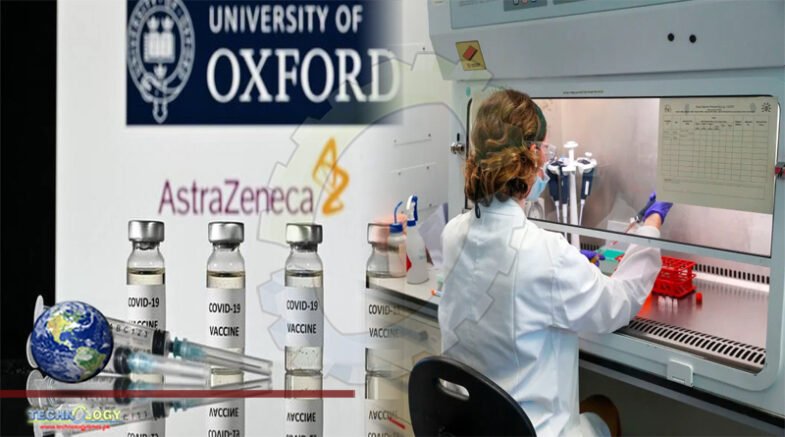Interim data analysis of Phase-3 trial of Oxford/AstraZeneca COVID-19 candidate vaccine offers higher efficacy in preventing COVID19 disease,

Interim data analysis of Phase-3 trial of Oxford/AstraZeneca COVID-19 candidate vaccine (ChAdOx1 nCoV-2019) offers higher efficacy in preventing COVID-19 disease, according to an Oxford University press release. No serious safety events related to the vaccine were found. The results are based on 131 COVID-19 cases seen in Phase-3 trial.
Two doses of the vaccine given in two different regimens showed different efficacies. In the case of the regimen where a halved dose was used as a prime (first dose) followed by a standard dose of booster, the efficacy was 90%. However, where full doses (standard dose) were used both for the prime and booster doses, the efficacy was only 62%. The combined analysis from both dosing regimens resulted in an average efficacy of 70%.
Unlike in the case of the mRNA vaccines from Pfizer and Moderna, the Oxford vaccine showed “early indication” that the regimen where a half-dose prime and a full-dose booster was used could reduce virus transmission. This was based on observed reduction in asymptomatic infections in participants who received the vaccine in the Phase-3 trial.
Like the Pfizer and Moderna vaccine, the Oxford vaccine too shows that it is capable of preventing severe COVID-19 disease. No hospitalised or severe cases were seen in anyone who received the Oxford vaccine, the release says.
Unlike the Pfizer vaccine that requires -70 to -80 degree C cold storage, the Oxford vaccine can be stored at 2-8 degree C, thus making vaccine distribution and administration easy, without requiring any up-gradation to the existing cold storage system. This will be particularly important in developing countries, where ultracold storage systems are non-existent.
“These findings show that we have an effective vaccine that will save many lives. Excitingly, we’ve found that one of our dosing regimens may be around 90% effective and if this dosing regimen is used, more people could be vaccinated with planned vaccine supply,” Professor Andrew Pollard, Director of the Oxford Vaccine Group and Chief Investigator of the Oxford Vaccine Trial, said in the release.
The interim analysis was carried out on data collected as on November 4, when the trial had reached the pre-determined target for the first interim analysis. The trial had enrolled over 24,000 participants from diverse racial and geographical groups in the U.K., Brazil and South Africa.
Oxford will now support AstraZeneca in submitting both the interim Phase-3 efficacy data and the extensive safety data to all regulators across the world, including in the UK, Europe and Brazil for independent scrutiny and product approval, including for emergency use, the release says.
The Oxford vaccine (ChAdOx1 nCoV-19) is made from a virus, which is a weakened version of a common cold virus (adenovirus), that has been genetically changed so that it is impossible for it to grow in humans.
“A key element of Oxford’s partnership with AstraZeneca is the joint commitment to provide the vaccine on a not-for-profit basis for the duration of the pandemic across the world, and in perpetuity to low- and middle-income countries,” the release says.
In India, the Pune-based Serum Institute is manufacturing the vaccine and also carrying out clinical trials in the country. The company has already started manufacturing the vaccine and would produce 50-60 million doses of the vaccine candidate every month from January, according to Suresh Jadhav, Executive Director of Serum.
Originally published at hindu
